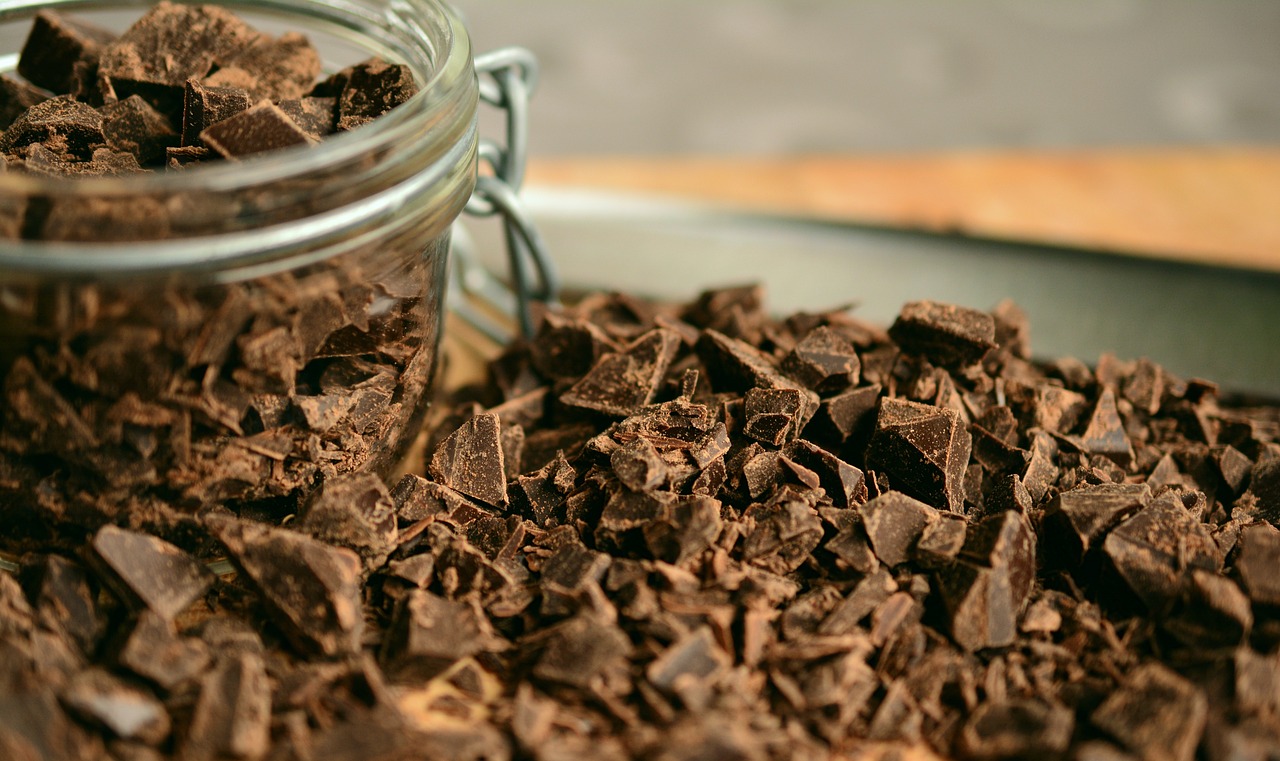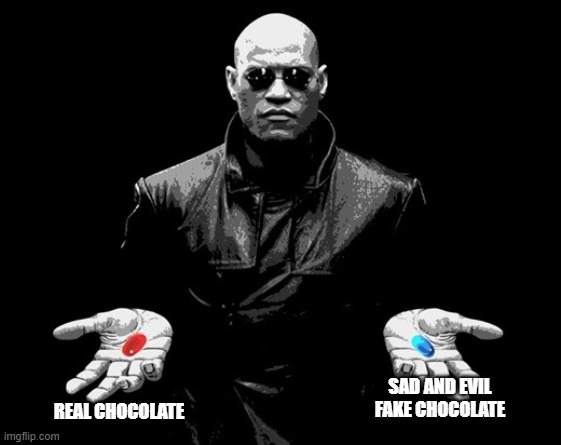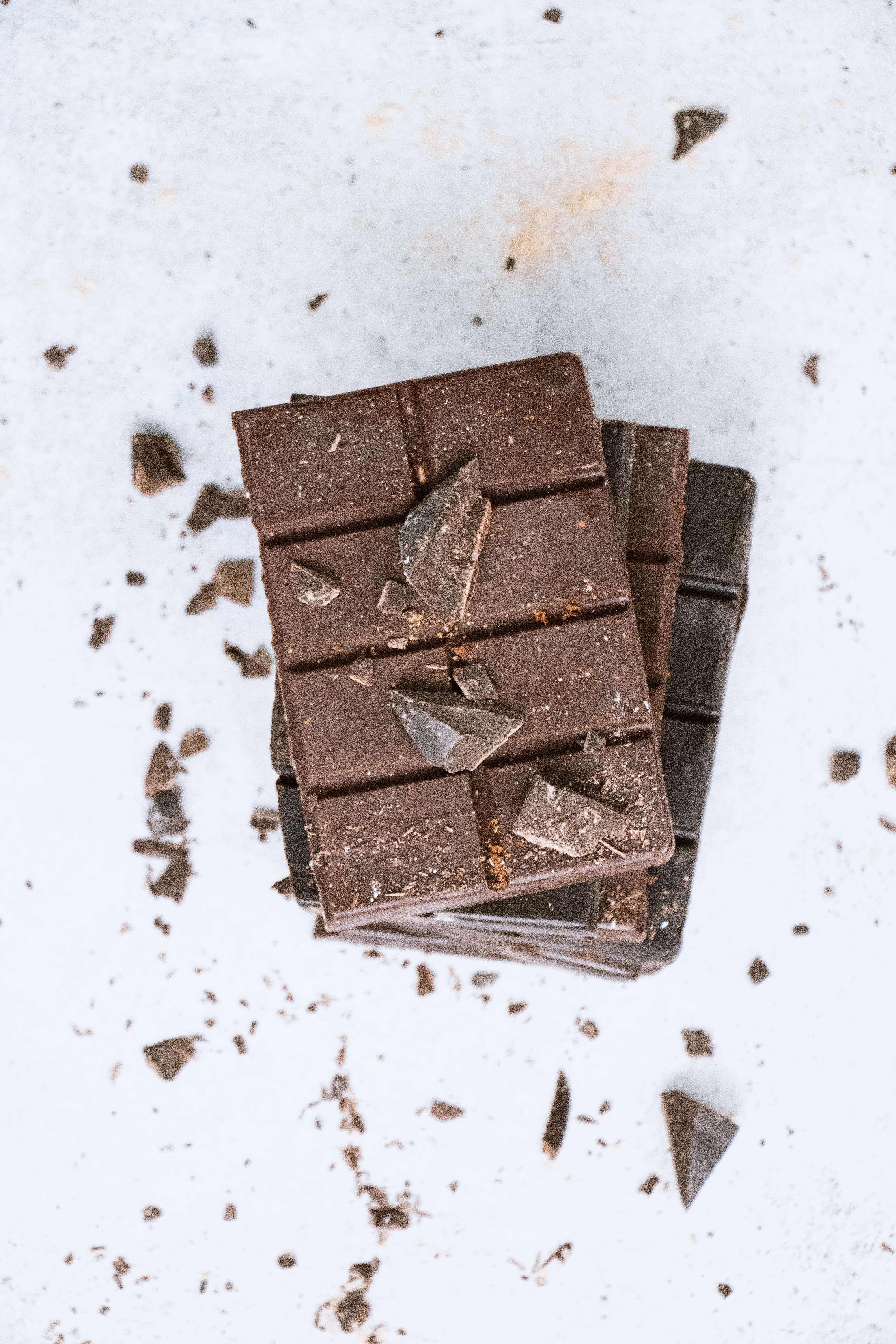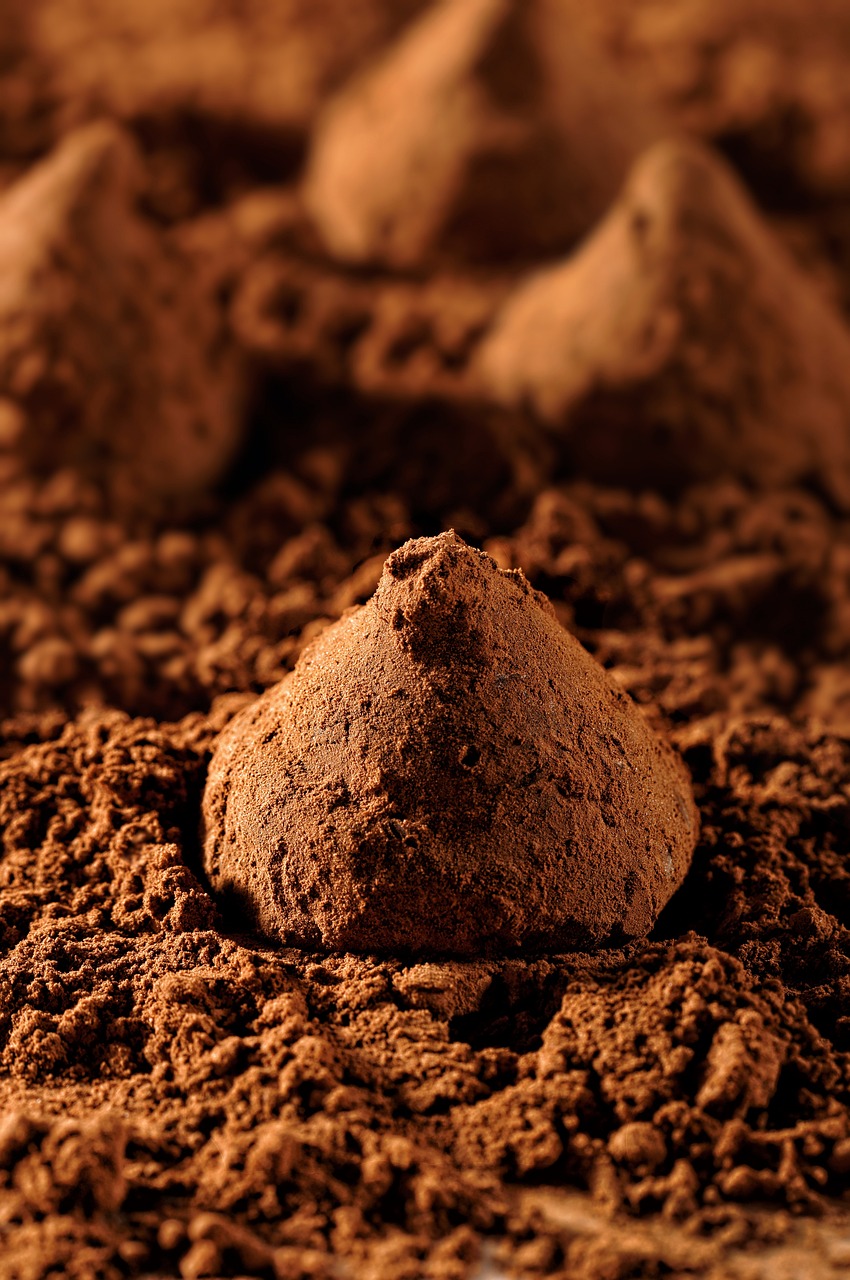Why Expensive Chocolate is 100% Worth It

We all knew the one kid in high school (or maybe you were that kid) who went to Europe for a summer, then came back and couldn’t stop talking about how good the food was over there, and suddenly nothing at home was good enough.
Me: “This is good pizza!”
Guy who went to Italy in the ninth grade: *Breathing through teeth* “It’s… alright…”
Let’s be real. This attitude is silly. Different doesn’t always mean better, and “authentic” is often an elitist myth. We tell ourselves that Italian pizza is better, so we believe it’s better. That’s not always the case. I love a fat slice of Chicago-deep dish with cornmeal crust and with the cheese hidden under the sauce. Both are an art, and both have a lot of culture and heritage behind them.
We all know this.
I Came Here for Chocolate. Why Are You Talking about Pizza?
So here’s the thing. You know that attitude I hate so much in food snobs? I fully have that attitude with chocolate. And if you take the time to experience what I’ve experienced, you might have the same attitude as me. I had an opportunity once to learn about chocolate in depth, and I’ve never been able to return to the old chocolate I was raised with.Thus, like Morpheus from The Matrix, I offer you a choice:

Take the blue pill: Click away from this article right now. Don’t read it, don’t think about it. There’s a whole selection of $1 chocolate at the grocery store, and tons of it is on sale now that Halloween is over. You can enjoy this chocolate your entire life and not even think about the truth just under your nose.
Take the red pill: Read this article with trembling hands and go try some of my suggestions yourself. Realize just how deep the cancer of bad chocolate goes. Then wake up into an entire world of incredible chocolate.
If you’d rather take the blue pill, then no worries, I understand. How about instead you read this article about pumpkin spice to get ready for Thanksgiving dinner?
If you’re taking the red pill with me, then let’s do this. I’m going to talk about just why most store-bought chocolate is so bad, and then we’re going to jump together into a world of amazing chocolate possibilities. Ready?
The Chocolate Stock Market
I addressed this in my article about making incredible cookies, so here’s a recap.Imagine going to Mcdonald’s and getting a 16oz soda. You walk to the soda fountain and peruse the options. Obviously you’re getting root beer. Suddenly a smelly guy shoves past you and starts filling his 64oz monster cup at the soda fountain. He doesn’t pick a flavor and go sit down. Instead, he pumps soda from every single option. He’s got root beer, cola, lemonade, orange soda, and Gatorade all floating around in the same cup. Then he turns to you and says,
“I call this ‘the flavor’ because it’s obviously a soda, but it just tastes like a bunch of vague stuff and you can’t pick out anything in particular.”
That gives me a few concerns, and I’m sure you’d feel similar, but at the end of the day this guy is free to have soda however he wants. However, let’s be honest: that guy isn’t getting a culinary experience, he’s just getting a hit of carbonation and sugar.
Guess what. Cheap chocolate is the same way.

Cheap chocolate works a lot like the stock market—manufacturers buy cocoa beans from wherever is cheapest at the moment (a few from Mozambique, a few from Ecuador, some more from Madagascar, etc), and then just throw all these cocoa beans into the same giant vat. When they do this, they obfuscate and destroy everything that could have made these varieties of chocolate unique and delicious. There’s no earthiness, no fruitiness, no acidity or bite. Just a vague “chocolateness” that Westerners have become tragically accustomed to. In fact, this is the reason that most people don’t like dark chocolate. It doesn’t taste like real chocolate; it’s just bitter and sad!
The best tip I can give you for finding amazing chocolate is to buy SINGLE-SOURCE.
Single-source chocolate is made from cocoa beans that all came from the same region—or even better, from the same farm. This preserves the local flavors from that particular region. Especially if you’re sampling dark chocolates, this opens up a huge world of flavors and aromas.
Chocolate Can be a Product of Modern-Day Slavery
Some chocolate production involves unethical labor practices, including child labor and forced labor. These issues are prevalent in some cocoa-producing regions, particularly in West Africa. The conditions can be dire, and many workers, including children, are subjected to low wages, long hours, and hazardous working conditions. Some of these situations are literal slavery.Efforts have been made by various organizations, governments, and the chocolate industry to combat these unethical practices. Initiatives like Fair Trade and various certification programs aim to promote ethical and sustainable cocoa production by ensuring fair wages, safe working conditions, and responsible labor practices.
Consumers can also make more ethical choices by purchasing chocolate products that carry certifications like Fair Trade, Rainforest Alliance, or UTZ, which indicate a commitment to responsible and sustainable sourcing. It's important to raise awareness about these issues and support efforts to improve the labor conditions in the cocoa industry to create a more ethical and sustainable chocolate supply chain.
However, the major takeaway is that the reason some chocolate gets so cheap isn’t just because of the “stock market” consideration, but also because it was produced through slavery. I personally can’t feel comfortable buying a luxury product like chocolate if I suspect it was sourced in such a way.
The solution? Look for the markings I mentioned above, buy single source, pay attention to where your chocolate comes from, and best of all: enjoy good chocolate.
So Why Should I Buy Chocolate At All?
High-quality chocolate offers several benefits:- Full Experience: True chocolate is an entire sensory experience. It’s about appreciating a beautifully made bar and inspecting it for tell-tale qualities, enjoying the sound of the snap as you break it in half, soaking in the rich aromas with your nose, and finally, slowly appreciating the texture and flavor.
- Superior Flavor: Fine chocolates are made from high-quality cocoa beans and crafted with precision, resulting in a richer and more complex flavor profile. You can savor the nuances of the cocoa and other ingredients.
- Smooth Texture: Premium chocolates often have a smoother, creamier texture, enhancing the overall indulgence of the experience.
- Ethical Sourcing: Many luxury chocolate brands prioritize ethical and sustainable sourcing, supporting fair wages for farmers and environmentally responsible practices.
- Unique Varieties: Fine chocolate makers offer a wide range of flavors and varieties, allowing you to explore unique and exotic tastes.
- Artisan Craftsmanship: Artisan chocolatiers pay meticulous attention to detail, creating beautifully designed and visually appealing chocolates.
- Health Benefits: High-quality dark chocolate is associated with health benefits, such as improved heart health, due to its antioxidants and flavonoids.
- Gourmet Pairings: Fine chocolate can be paired with other gourmet items, enhancing the overall culinary experience.
- Special Occasions: Luxury chocolates make excellent gifts and can be a symbol of celebration, romance, or appreciation.
- Support for Small Businesses: Many artisan chocolatiers are small businesses, and buying their products supports local economies and craftsmanship.
While high-quality chocolate is generally more expensive than mass-produced alternatives, the enhanced flavor and the potential for ethical and sustainable sourcing make it a worthwhile choice for those seeking a superior chocolate experience.
My Favorite Chocolates to Get You Started

If you check on Google, you’ll likely find local chocolatiers in your area with artisan chocolates to offer. However, really good brands are available online. Here’s a list of chocolate flavors I strongly suggest:
- Pump Street: You can buy this on Amazon. This chocolatier actually started as a bread bakery, and eventually got into chocolate. They tempered their fast batches of chocolate in their bread ovens and noticed, once the chocolate was molded, that it carried the aroma of their bread. This was awesome, so they leaned harder into it and started stirring bread crumbs in with the tempering chocolate. These days, you can buy a nice milk chocolate rye, a sourdough sea salt chocolate, and more. It’s some fascinating stuff.
- Francois Pralus: This is just a good, clean chocolate. What sets it apart more than others is it is some of the creamiest chocolate you will ever find. I’m a big fan of the Madagascar bar, but one of the best bars to gift to someone who isn’t very familiar with chocolate is the Melissa bar, which is milk chocolate.
- Naive: This Lithuanian chocolatier has a huge variety of unique chocolates, including the peanut butter bar (it’s not a peanut butter cup; there’s peanut butter mixed into the actual chocolate), and the BBQ spice bar. The porcini bar is a divisive one, mixed with the flavors of foraged wild mushrooms.
- Taste: This is a local chocolatier down in Provo, Utah. You can smell the shop from up the street. They make a broad variety of dark, milk, and white chocolates with interesting mix-ins. I’m a personal fan of the Tulip Festival bar.
 Matthew Christensen
Matthew Christensen
Weekly Newsletter Contributor since 2023
Email the author! matthew@dvo.com
